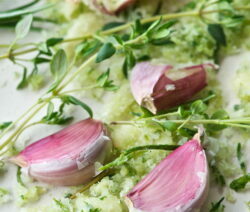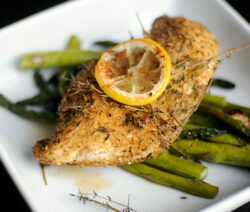Thyme was already very popular in ancient times. We get to the bottom of the healing power and aroma of the Mediterranean herb.

Thymus is derived from the Greek “thymos”, which means strength and courage. Even in ancient times, legionaries bathed themselves in a thyme infusion before fighting. It is certainly questionable whether this could really be spurred on by additional forces. But what is certain is that thyme (Thymus vulgaris) was named Medicinal Plant of the Year in 2006. But what healing properties does this evergreen subshrub have, which also cuts a fine figure in the kitchen?
Ingredients of thyme
The positive properties come from thyme oil, the essential oil of thyme. Its composition can vary greatly depending on the variety. The main component, however, is thymol - a disinfecting substance that is contained in many commercially available mouthwashes.
Use of thyme as a medicinal product
Thyme is said to have antibacterial and antiviral properties. However, this has not yet been clinically proven. The beneficial effect of the mucus loosening in the case of airway inflammation and the relief of whooping cough and bronchitis are, however, undisputed. Thyme can be beneficial here as a tea or by inhalation. If extracted oil is used instead of the leaves, care should be taken with the concentration. Using the thyme oil in too much concentration can cause irritation of the mucous membranes and thus negate the positive effectiveness of thyme.

Use in the kitchen
Thyme brings the Mediterranean flavor into the kitchen. Whether fish, seafood, Mediterranean vegetables or potato dishes - thyme can complete these dishes with a suitable and spicy taste. A positive side effect: the spice, native to the Mediterranean region of Western Europe, stimulates digestion.
Thyme should therefore not be missing on the spice shelf or in the medicine cabinet. The palate is happy about this and the next unpleasant cold can be put to an end more quickly.






